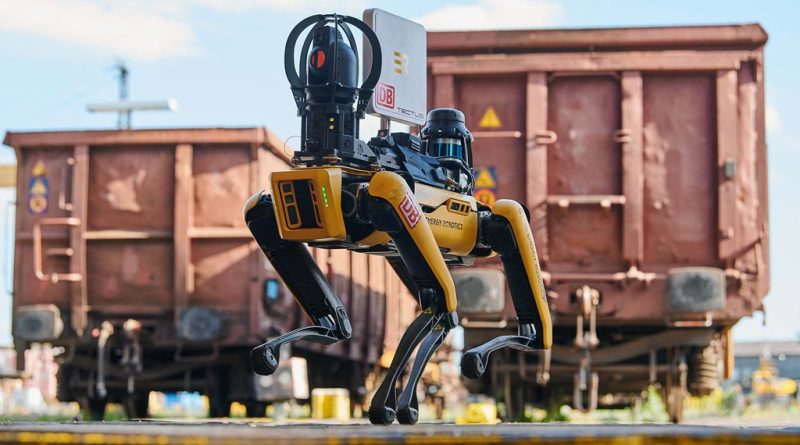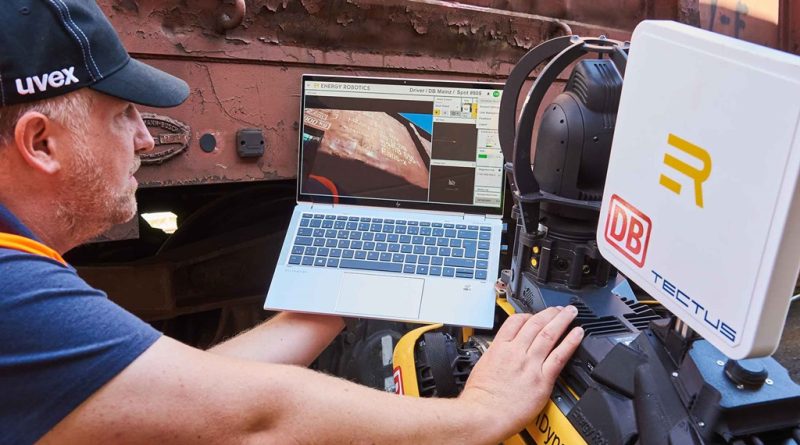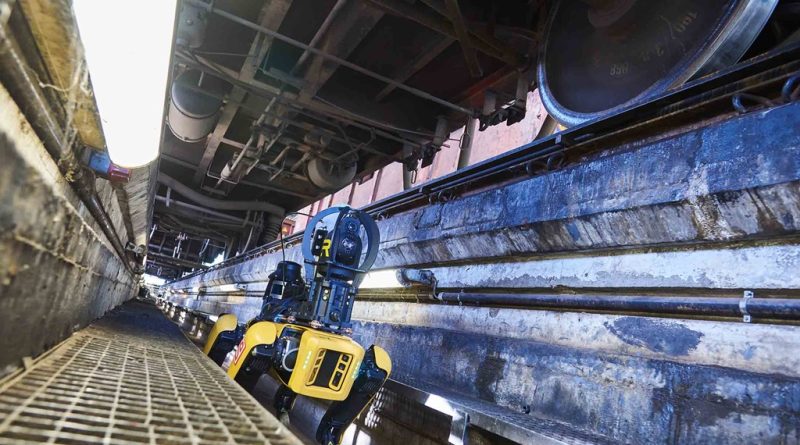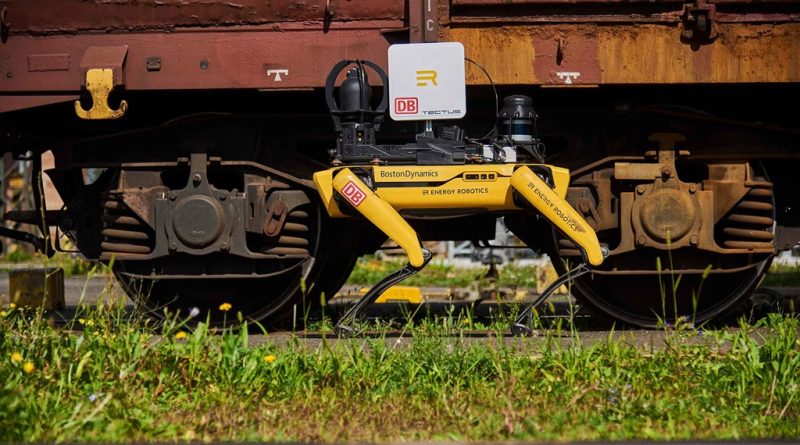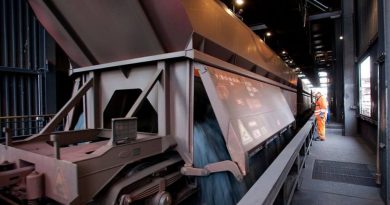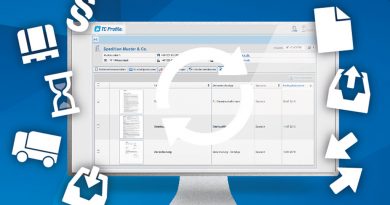How Spot the walking robot is making train maintenance easier (PHOTO)
As demand for rolling stock in freight transport grows, so do the maintenance requirements. Digitalisation is playing a key role here as part of the drive to decarbonise transport, with digital tools making maintenance more effective and helping to get trains back on the rails sooner. By reducing the amount of time trains spend in the depot, this helps boost capacity in rail freight transport. One of these digital tools is Spot, the walking robot. He was unveiled yesterday at the freight station in Mainz, where he will help with identifying wagons and inspecting axles.
Rise of the robots
Digitalisation is revolutionising vehicle maintenance. By relieving employees of time-consuming routine checks, digital tools give them more time for important repair work. Some of the digital tools already in use at DB Cargo include the automated wheelset measuring system, camera bridges with artificial intelligence and underfloor robots. Spot the walking robot is the latest recruit. Fitted with sophisticated cameras, sensors and AI, Spot can identify freight wagons and carry out visual inspections to detect damage to the train.
A colleague with four legs
The four-legged robot, which resembles a dog, is a cutting-edge industrial product from Boston Dynamics. It can be used in various places that are difficult or dangerous for people to access, such as underneath trains. The remote maintenance software comes from the German start-up firm Energy Robotics, which adapts the system to DB’s specific requirements and leases it as a “Robot as a Service”. Spot weighs 25 kilograms, is 84 centimetres tall and can reach a speed of up to six kilometres per hour. He is also extremely robust and more agile than any robot that has come before. After being presented at InnoTrans 2022, the walking robot is now being used in operations at DB for the first time.
Digital sniffer dog in action at DB Cargo
Spot is being tested in a six-week trial focusing on two applications. First, he will identify wagons using RFID (a process for automatically identifying objects via radio) and identify text on two tracks. Next, he will perform visual inspection of axles in the maintenance pit of the freight wagon depot. The walking robot can reduce walking distances by half, objectify inspection results and increase safety by removing the need for human workers to enter the pit. This relieves employees of physically demanding work and gives them time for more productive activities. It also reduces maintenance costs and helps compensate for the lack of skilled workers. If the trial is successful, walking robots like Spot could take over these tasks in four DB Cargo facilities in the future. The robots could also perform other tasks like detecting loose brake hoses and leaks on freight wagons.
Source: DB Cargo
Photo: Deutsche Bahn AG/Stefan Wildihrt

